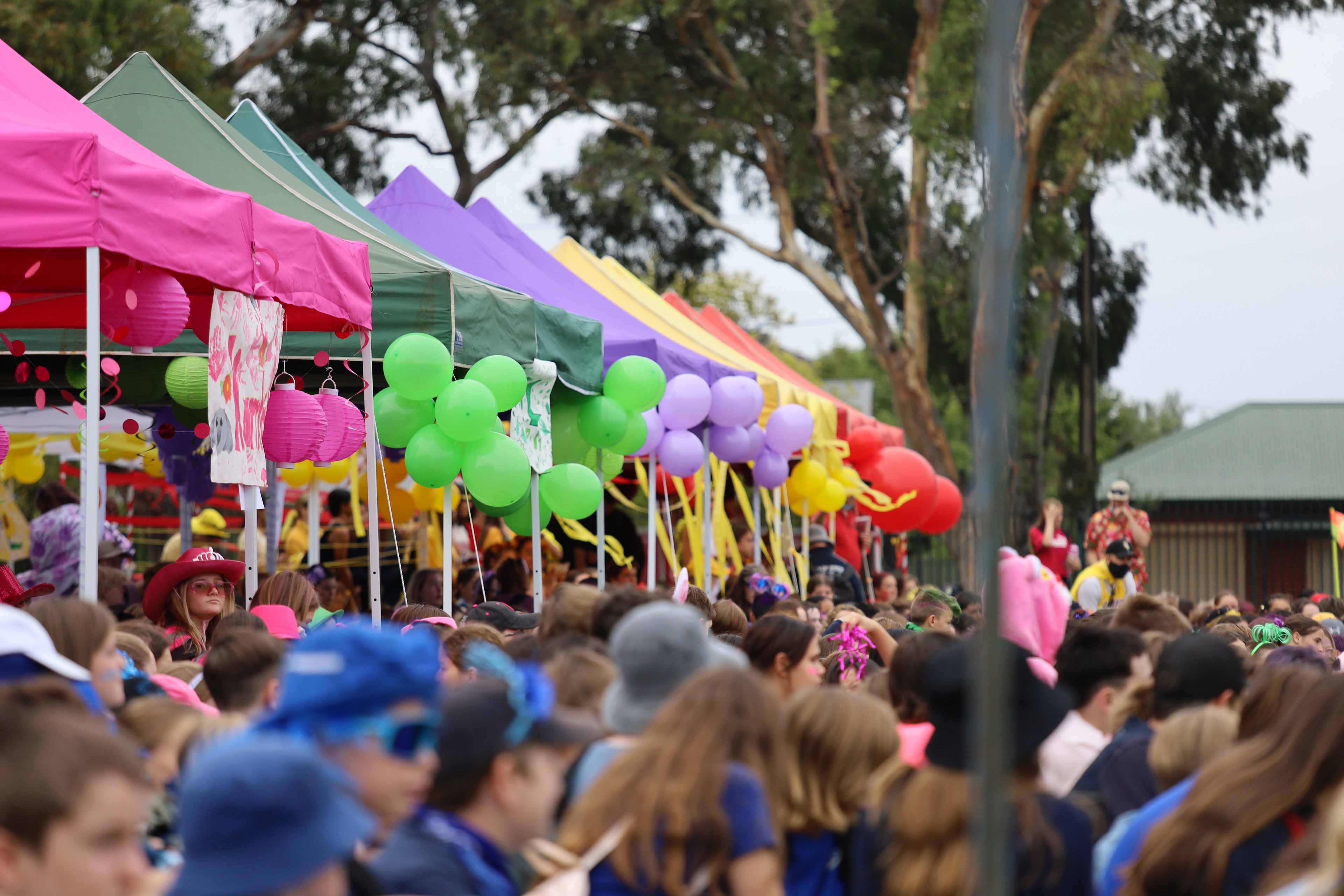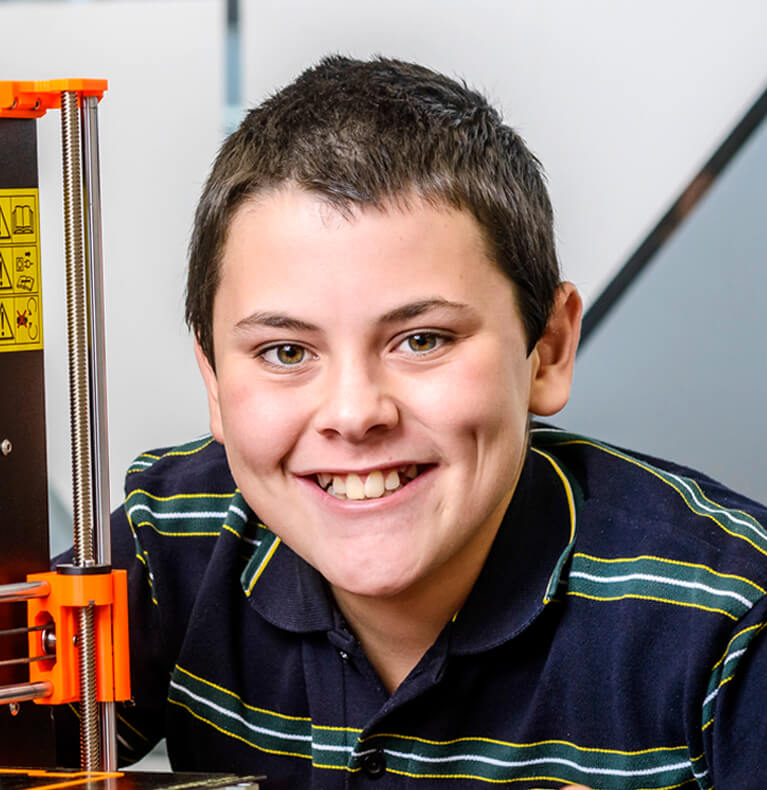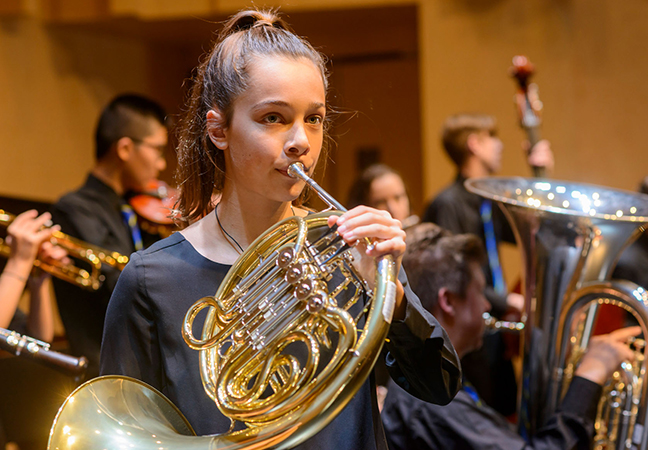Anti-Bullying Policy
Bullying is described as deliberate, hurtful gestures, words or actions that may be repeated over time.
Examples include:
- being excluded from a group of friends
- being hit, pushed or kicked
- cyber bullying – receiving offensive text, web based, or social networking messages
- being called offensive names
- having possessions interfered with or stolen
- offensive graffiti
What you can do about bullying
- Tell the person(s) involved to stop
- Ask other people to stop, if you observe them bullying someone
- If you are being bullied, or someone you know is being bullied, report it
You can report it to:
- friend(s)
- parent(s)/caregiver(s)
- teacher(s)
- counsellor, House Team Leader or Program Manager, or outside agency (Youth helpline, Second Storey)
When to report
Report bullying as soon as it happens.
Do not ignore it, it may get worse.
How we respond to reported incidents of bullying
- We will listen and talk to the person who is being bullied and to the person(s) doing the bullying.
- We will put negotiated consequences in place for the person who has been bullying others. These may include a formal warning, contact with parents, take home suspension and / or exclusion and mediation processes.
These steps may change depending on the circumstance – each person and incident is different.
Prevention strategies
- We use our positive school values to foster an environment of respect
- We use curriculum through our Home Group Lesson program to teach students about respectful relationships
- Our school fosters a caring environment where students are related to as individuals
- We aim to teach students about violence prevention, conflict resolution, anger management and problem solving
- We develop policies to promote student safety
- We value and celebrate diversity
Intervention strategies include:
- Counselling for those bullied and bullying
- Contacting parents to discuss strategies
- Consequences for bullies (including suspension for cyber bullying that occurs outside the school)
- District services support
Post-intervention strategies include:
- Monitoring those bullied to ensure their continued safety and wellbeing
- Checking that the bullying has stopped










